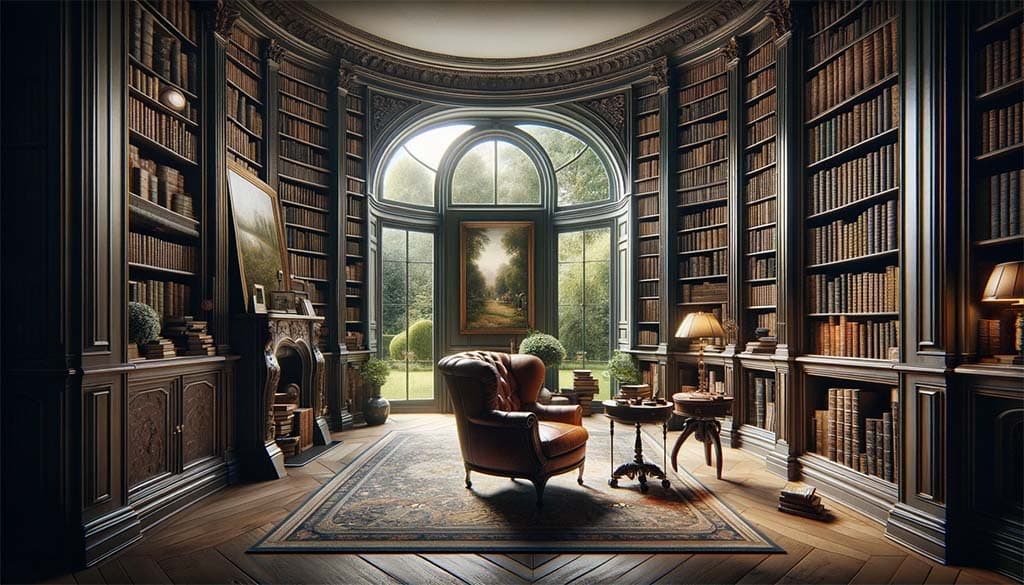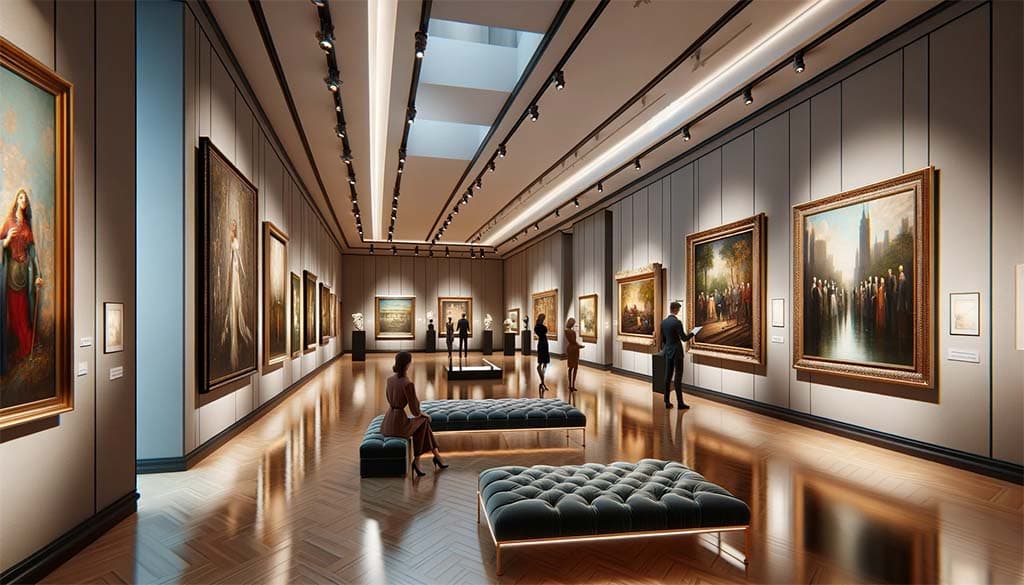Auction houses and galleries are not just venues for buying and selling art; they are the very engines that drive the market’s momentum. Their exhibitions and sales often set trends, establish values, and can even influence the trajectory of an artist’s career. As arbiters of taste, these institutions can elevate an unknown artist to stardom or reaffirm the blue-chip status of established masters. The ripple effect of a successful auction or a critically acclaimed exhibition can be felt across the globe, as collectors and investors rush to adjust their portfolios in response. In a similar vein, the exclusivity that comes with products such as firstnationalcc/accept mirrors the art world’s own barriers to entry, where the privilege of participation often dictates market movement.
Artist Reputation and Market Trends
The art market’s heartbeat is synchronized with the pulse of an artist’s reputation. A skyrocketing career can see prices soar to stratospheric heights, while a scandal or critical panning can cause values to plummet. Artists, alive or posthumously, become brands in themselves, and their ‘stock’ is traded based on a complex web of factors, including public opinion, the impact of their work, and historical significance. The fluctuating trends that sway the market are often as unpredictable as they are impactful, making the endeavor of collecting art a sophisticated blend of aesthetic judgment and strategic forecasting. Just as market trends can be a barometer for valuation, so too can the right financial tools and opportunities, like those offered through select credit facilities, be a measure of personal economic agility.
The Economics of Art as an Alternative Investment
The intersection of art and economics is particularly fascinating when considering art as an alternative investment. Like any asset class, art is subject to the laws of supply and demand, economic stability, and investor sentiment. It’s an investment that can either hedge against inflation or become a liability in times of market stress. This section of the article would delve into how collectors and investors use art to diversify their portfolios, balance risk, and seek returns that are often uncorrelated with the stock market. The comparison to traditional investments is pertinent; just as investors seek robust platforms for financial activities, art collectors look for stable and secure avenues for acquiring and selling art.
The Digital Revolution and Art Valuation
The digital era has ushered in a new frontier for art valuation. With the advent of online galleries, digital marketplaces, and blockchain technology, the art world has expanded beyond the traditional confines of physical spaces. This digital revolution has democratized access to art, allowing a wider audience to participate in the market and introducing new forms of digital art, such as NFTs, which have themselves become a significant economic force. This section would explore how digital platforms have influenced pricing trends, collector behaviors, and the overall accessibility of the art market.
Legal and Ethical Impacts on Art Prices

The final piece of the puzzle in understanding art valuation lies in the realm of legal and ethical considerations. Provenance, authenticity, and rightful ownership are just a few of the factors that can have profound effects on the value of art. This section would examine how legal disputes, restitution cases, and ethical dilemmas can alter the perceived and real value of artworks, often leading to significant price adjustments. The discussion would encompass the importance of due diligence and the increasingly pivotal role of legal expertise in navigating a market fraught with such complexities.
The Evolving Landscape of Art Valuation
In conclusion, the factors influencing art prices are as varied as they are complex. As we have explored, auction houses, galleries, artist reputations, market trends, economic conditions, and the digital revolution all play crucial roles in determining the value of art. Moreover, legal and ethical issues add another layer of complexity to art valuation. The art market is a microcosm of society at large, reflecting our cultural shifts, economic fluctuations, and technological advancements. As collectors, investors, or mere enthusiasts, understanding these elements can enhance our appreciation of art’s unique place in the tapestry of human endeavors. The future of art valuation is indeed an intricate puzzle, one that requires a careful and informed approach to both appreciate and participate in fully.
